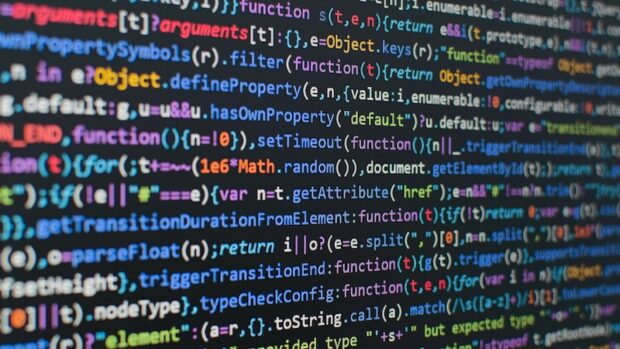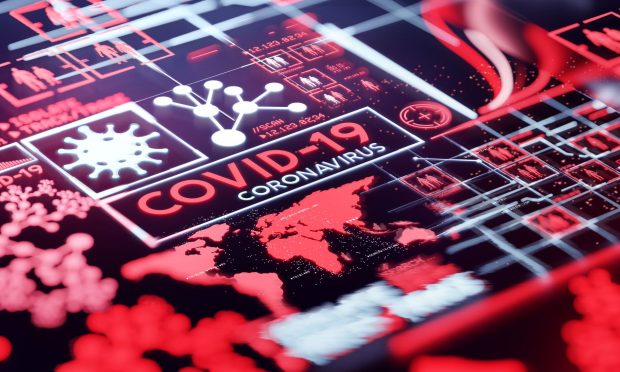Covid-19
Algorithms play an essential role in moderating content on social media platforms. They can be used to identify material that has already been banned, as well as detect previously unseen forms of misinformation, by identifying signals that are indicative of …
Since March 2020, the CDEI has been monitoring the use of AI and data-driven technology in the UK’s COVID-19 response through two distinct lenses. Firstly, through our COVID-19 repository, which is a database for novel use-cases of artificial intelligence and …
Today the CDEI publishes its report on local government use of data during the COVID-19 pandemic. The report draws together the findings of a forum discussion hosted last year with local authority representatives, and is supplemented by individual interviews and …
Almost all (13 of 16) of this month’s entries were related to healthcare, with the majority of those specifically looking at use-cases in hospitals. Given that the UK faces an ongoing public health crisis and is entering a second-wave of coronavirus infections, it is not surprising that these use-cases are the most prevalent at this …
The number of brand new use-cases that we are seeing each month has seen a downturn since we began compiling the COVID-19 repository, although we are continuing to find further examples of the existing entries that we have been tracking, indicating that existing use-cases are being adopted more widely.
The primary purpose of the majority of use-cases has been to support the local response and mitigate the effects of lockdown. However, we are starting to see examples of use-cases designed to build future resilience and aid the recovery; these have been particularly prominent in the transport sector. For example, the Commonplace Mapping Tool which …
In a project at Oxford University Hospitals NHS Foundation Trust (OUH), researchers have built an AI-driven test to screen for COVID-19, in the first hour of a patient arriving at an emergency department. The AI model - trained using laboratory bloods, blood gases, and observations recorded routinely during 115,000 presentations to Oxfordshire’s Emergency Departments - …
Although the majority (70%) of the use-cases we have added over the last month are still related to health and social care, the focus has moved away from managing the immediate public health crisis and towards building future resilience.
Today the CDEI publishes its first report on public sector data sharing. It explores the barriers to data sharing and focuses on citizen trust which the report argues needs to be addressed if we are to maximise the value of …
This week we’re continuing our introductory series by looking at the use of social distancing wearables for the workplace. As a reminder, this blog is not designed to be exhaustive, and is based on a rapid review rather than the …










Recent Comments